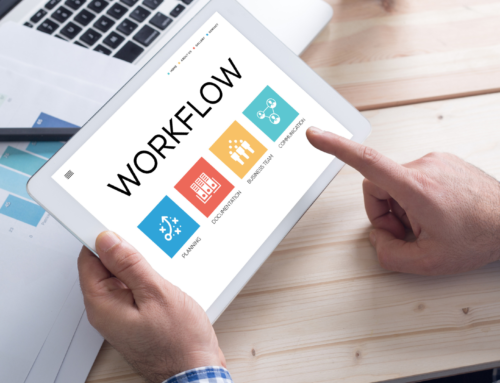OKRs, or Objectives and Key Results, are a popular performance management system used by businesses to measure and track progress. But what is OKR? And how can technology help with the process? We shall explore this and, at the same time, think of Profit’s OKR tool that can automate this process to make it potentially more effective still. At least, easier and less tiresome to manage.
What Are OKRs?
In short, OKRs are a way to set measurable goals for employees and track their progress toward those goals. They provide a framework for both managers and employees to understand what is expected of them, and ensure that everyone is working towards the same objectives. Businesses often take help from this OKR consulting expert in California (or similar consultants) to create a strategy that suits their company. Such consultants provide guidance on things like training employees, picking the right software, and more.
It is good to have a way of managing staff that is software-based, just like many other processes we will carry out as a business. Keeping track of staff can, otherwise, prove to be a time-consuming process when a company has a lot of staff to manage all at the same time. These staff will have different starting dates, different levels of experience, and different learning speeds, so it is hard to follow what is going on manually when everyone’s progress and training completion date will be different. We can make this process much easier and have everyone working toward a common goal when a system of software is put in place to take care of the process more efficiently.
Technology’s Role With OKRs in Today’s Businesses
Technology can play a big role in setting up and tracking OKRs. Many software platforms can help with creating OKRs, measuring progress, and generating reports. This makes it easy for businesses to automate the process and get real-time updates on how everyone is performing.
In a competitive world, it is important to be able to not take so much time over managing staff when that time could be directed elsewhere in the business. Larger companies might have whole departments to manage staff but these could perhaps be streamlined to save on costs when automatic processes are taking care of things. A small business, just as much as a larger one, will value the time software saves in all areas of their business, including managing staff.
The Benefits of Combining OKRs and Technology
There are many benefits to combining OKRs with technology. Technology can help make the process easier and more efficient, and it can also help businesses get more accurate data. Additionally, technology can help businesses track progress over time, which can help make adjustments to OKRs.
Some of the key benefits of using OKR software include:
Automation:
OKR software can automate the process of setting up OKRs and tracking progress. This can save businesses time and money. If we can allow a computer to get on with the task needed, because of having the right software to take care of the process, then we can direct staff into other activities. This can be to the kinds of activities that are more creative and require a personal touch.
Real-time data:
OKR software can provide businesses with real-time data on how employees are performing. This information can be used used to make adjustments to OKRs as needed.
Improved accuracy:
OKR software can help businesses track OKRs more accurately. This is because the software can automate the process and provide businesses with real-time data.
Better decision-making:
Technology can help businesses make better decisions about OKRs. With better data, businesses can understand what is working well and what needs to be changed.
Overall, OKRs are a valuable tool for businesses, and technology can help make the process easier and more efficient. If you’re looking to implement OKRs in your business, consider using OKR software to get the most out of the process.





Leave A Comment